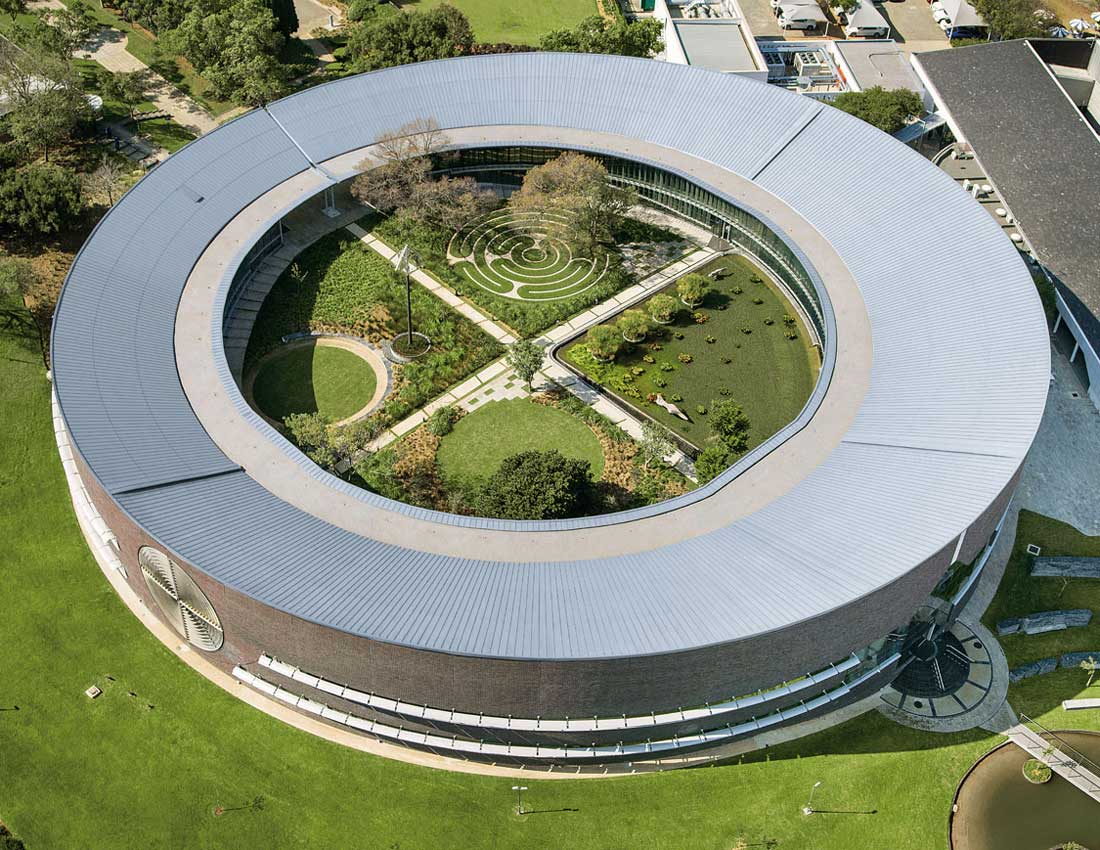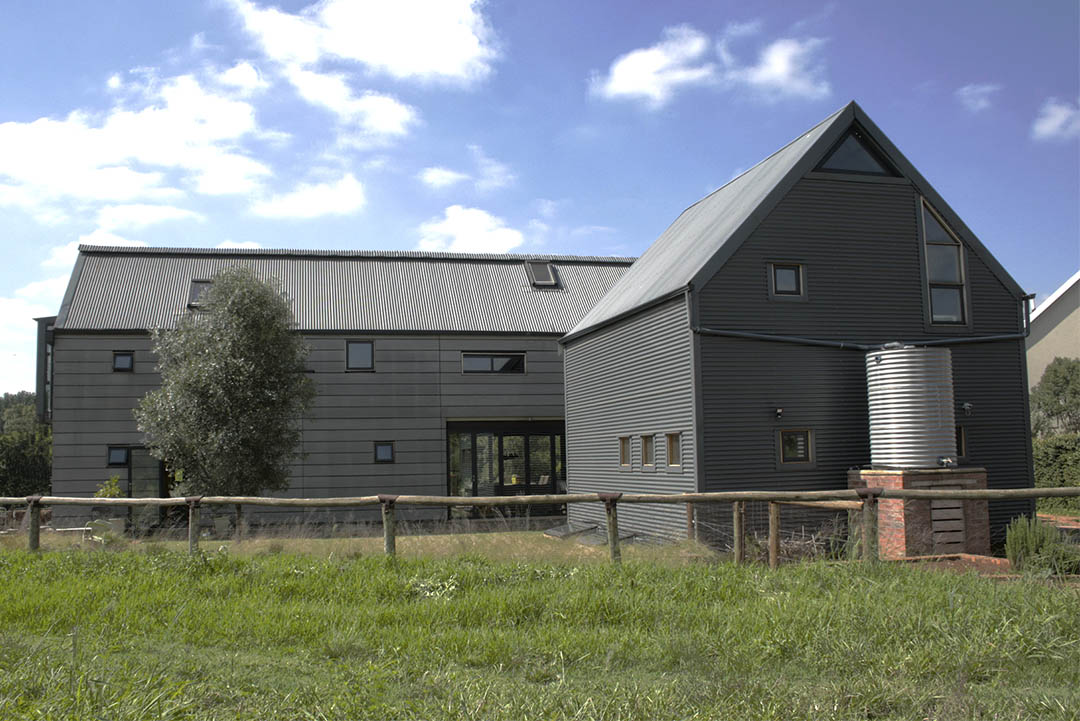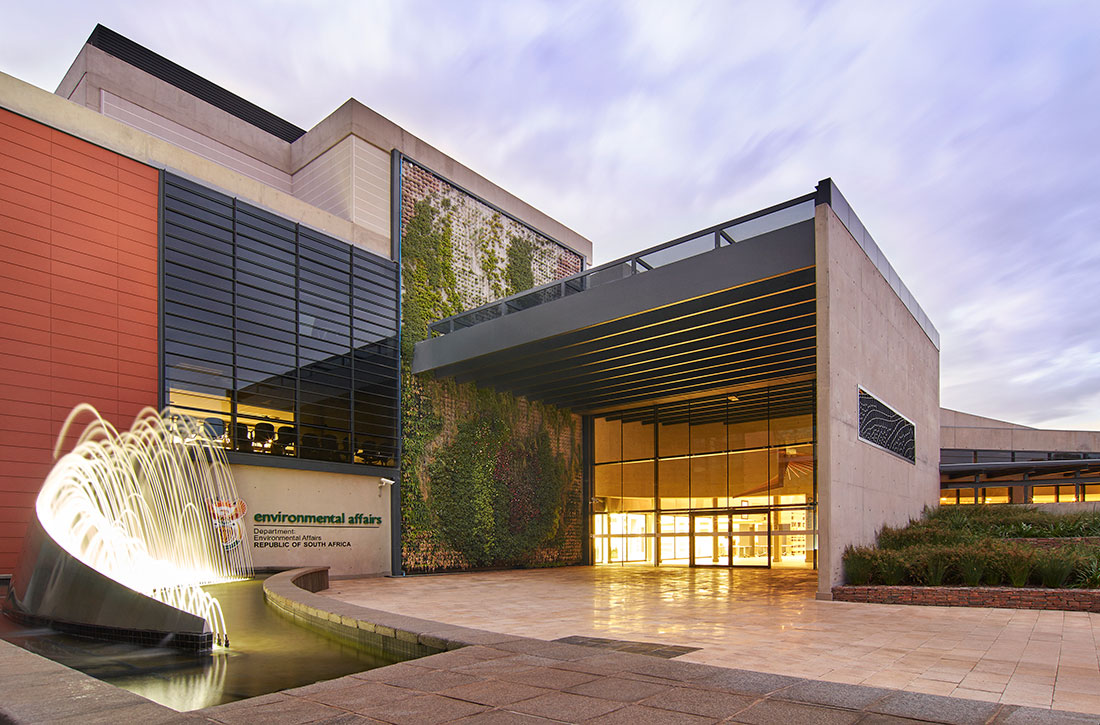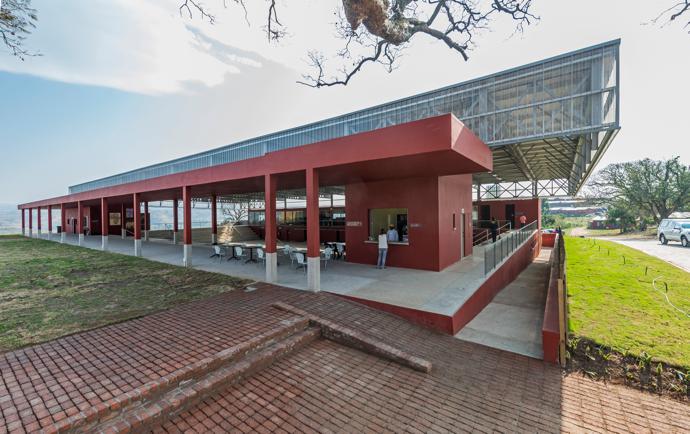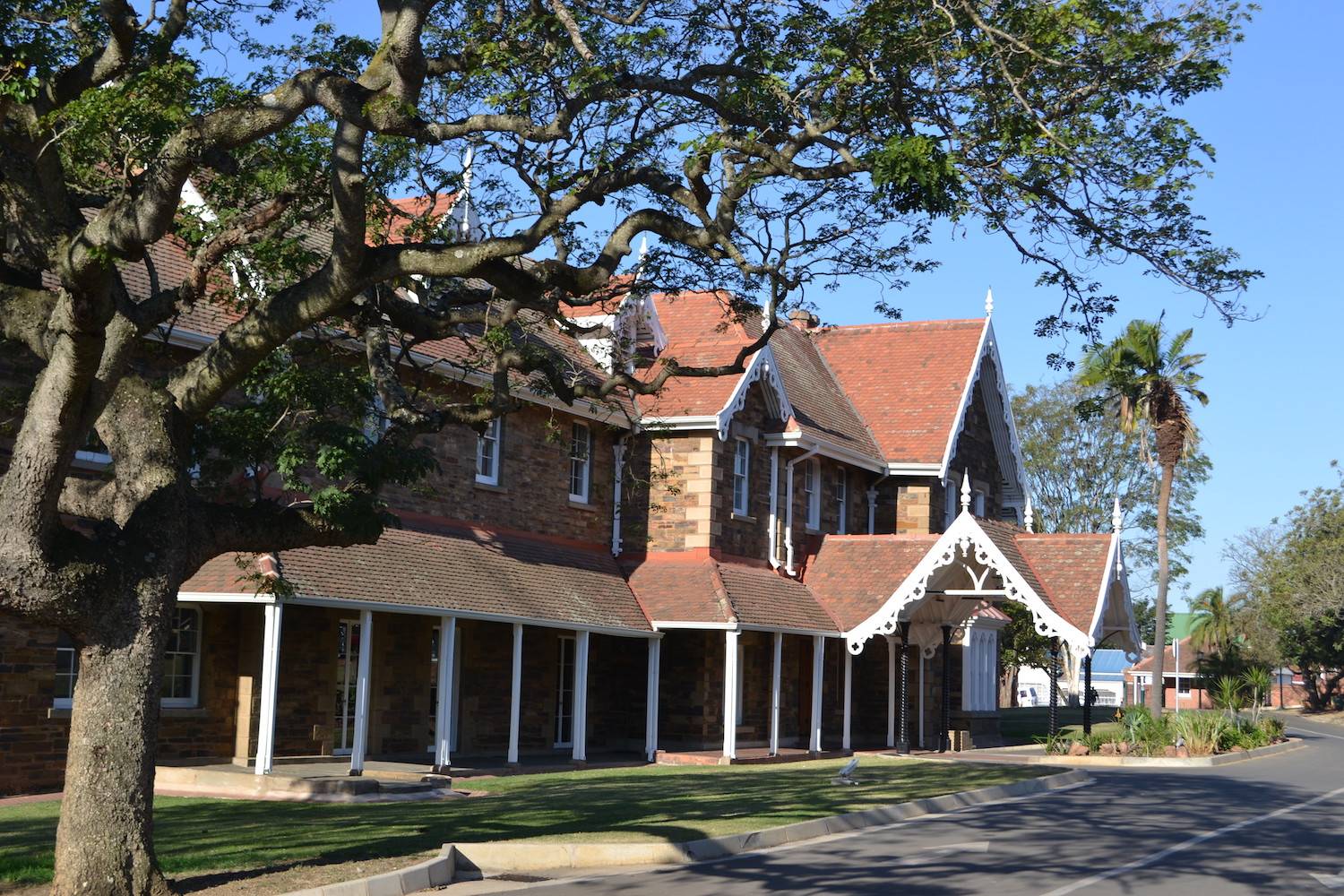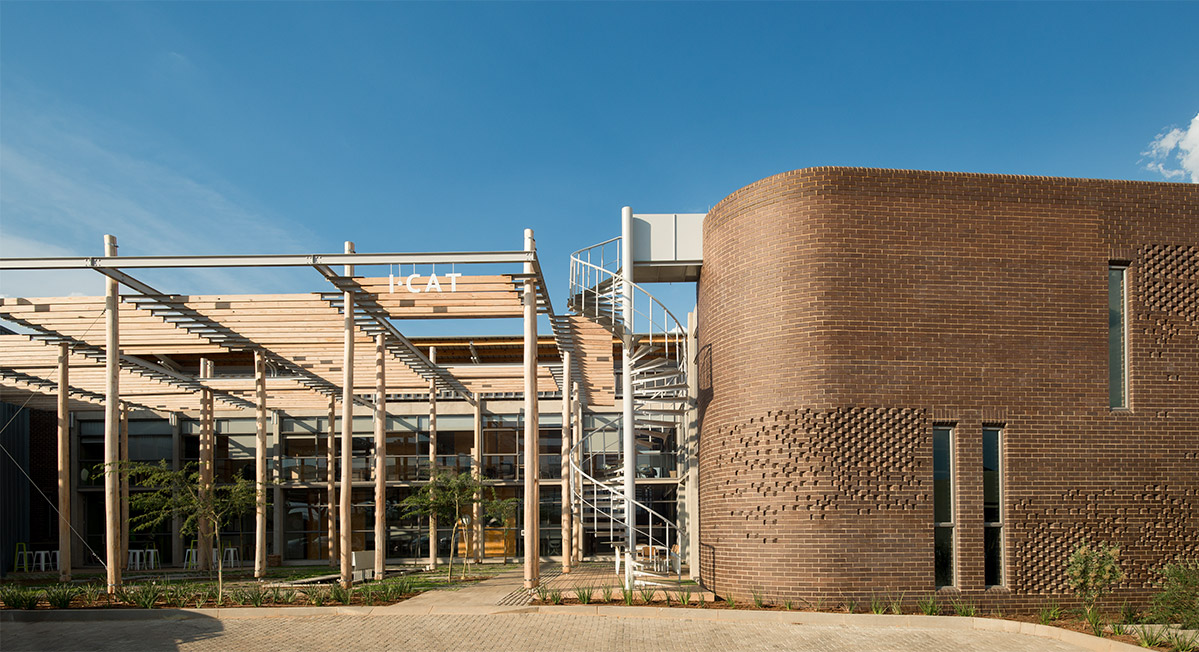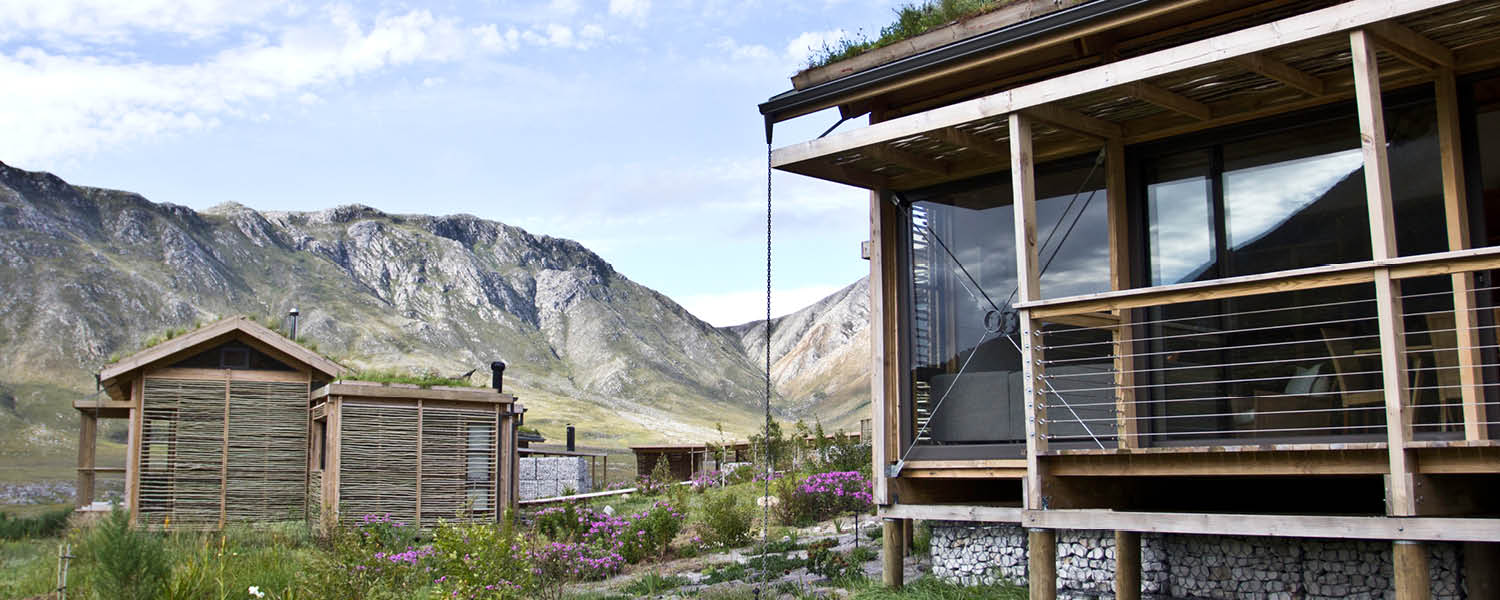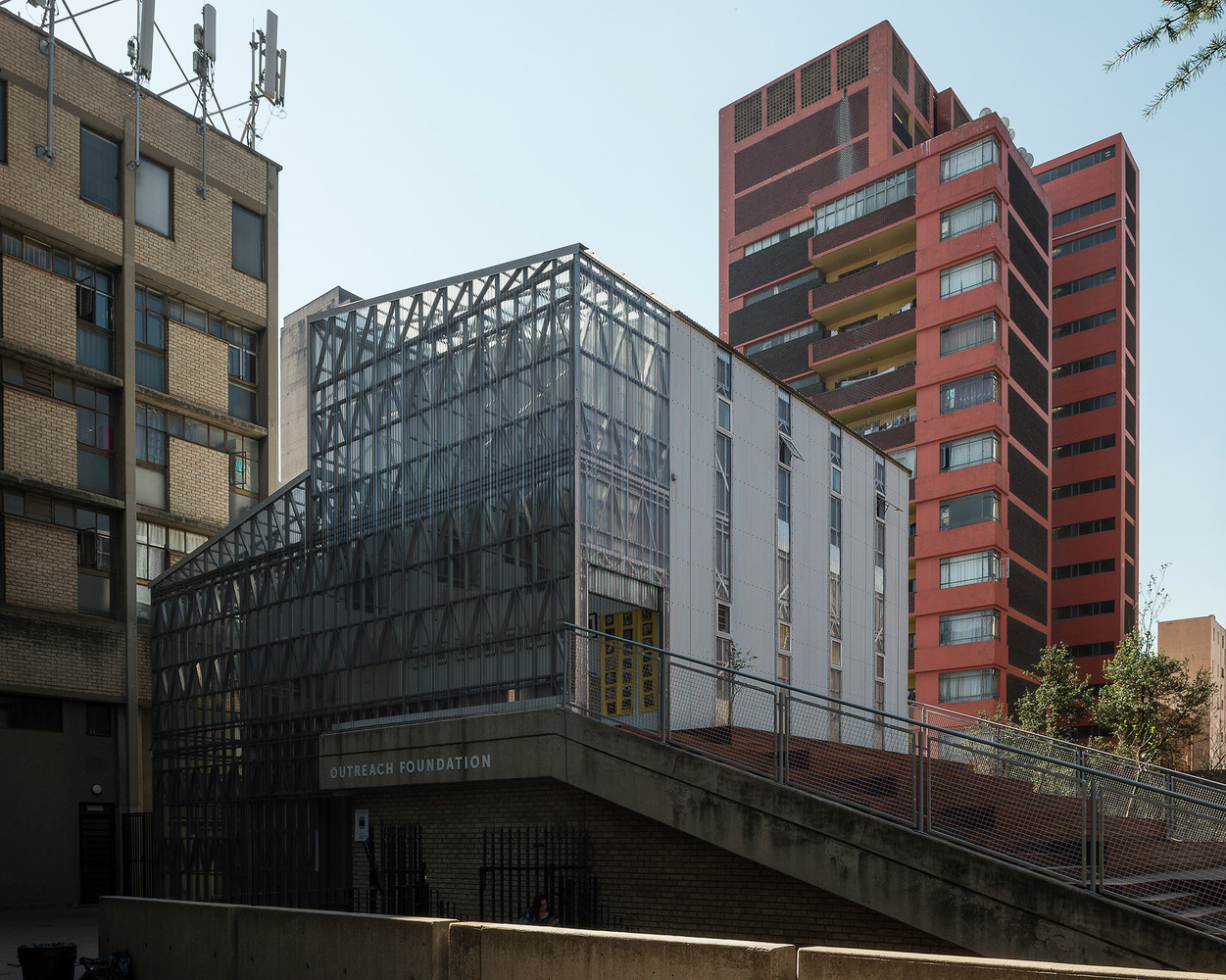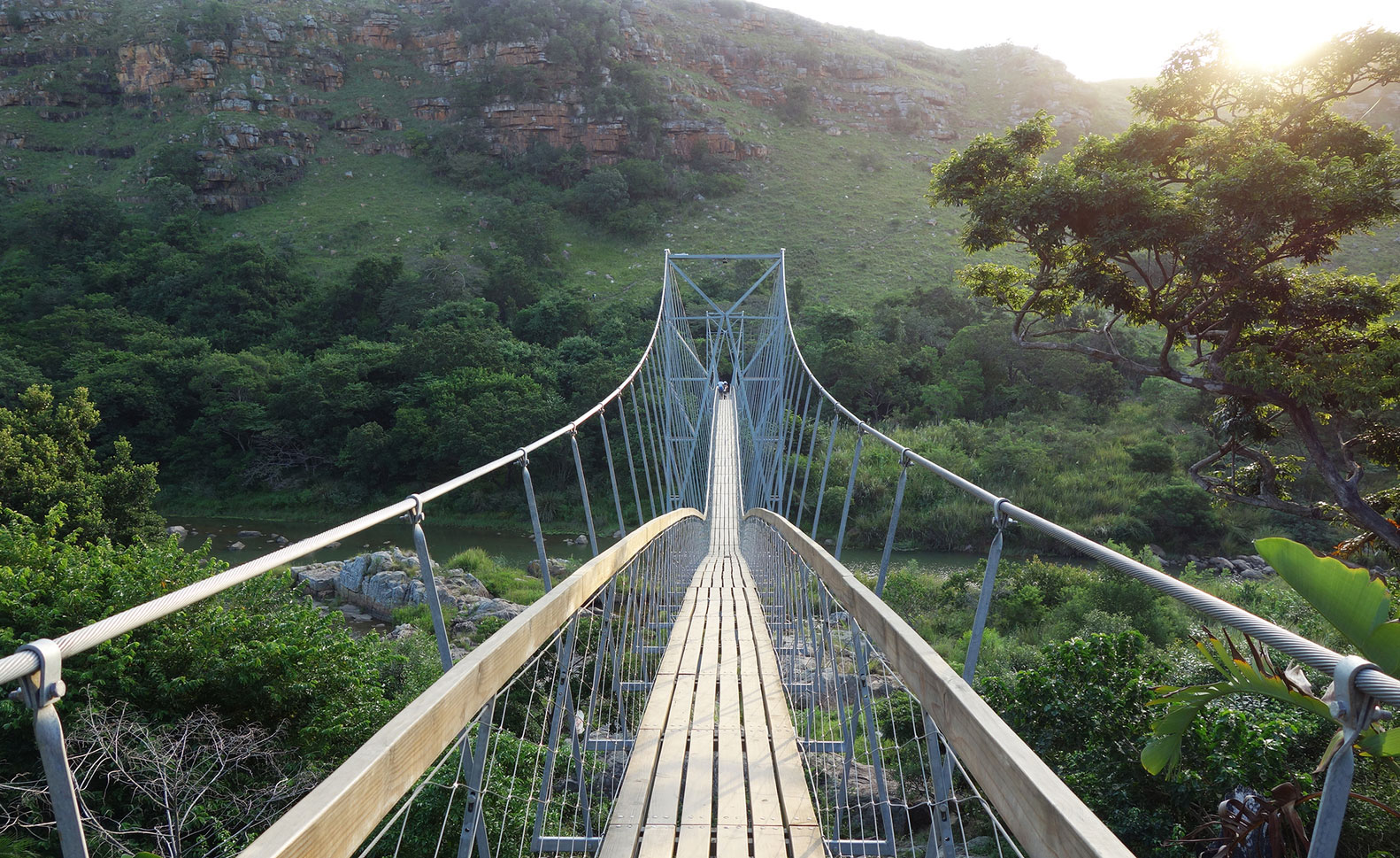-
AfriSam-SAIA Award 2016 announce record number of eligible submissions
-
- 08 October 2016

- Datum Editorial
- Selected Works , archiDATUM News , News , Awards , Editor's Choice , Articles Books & Magazines ,
AfriSam-SAIA Award 2016 is underway with a record number of submissions. The award culminates in the best sustainable and innovative work in South Africa’s building sector is acknowledged and celebrated. "With a record 47 entries in the four award categories, the overwhelming response signals a resounding endorsement of the increasing importance of sustainable and innovative design practice in the South African built environment. We have entered a new era, one in which sustainable design has to be a non-negotiable, integral part of the building industry' the awards team quips. After spending a great deal of time considering all the entries, our adjudicators - Kevin Bingham (convener), Daniel Irurah, Llewellyn van Wyk, Sebasti Badenhorst , Eric Noir and Richard Stretton – have emerged with a shortlist to be further assessed. The 26 projects that have made it onto this list of eligible submissions for this year’s awards have been informed.

The adjudicators have already started crisscrossing the country to conduct in-depth, in-loco inspections of all short-listed entries. Apart from recognising excellence in Sustainable Architecture and Research in Sustainability, the judges will be looking for the most innovative contributions to the fields of Sustainable Products and Technology and Sustainable Social Programmes. Awarded projects will have to demonstrate how they make the world a better place by embodying sound sustainable practices and bear the hallmarks of great architectural or social design and innovative thinking in the field of sustainability.
The Nominees are:
CATEGORY A: SUSTAINABLE ARCHITECTURE
African School for Excellence | Local Studio | Brakpan, Gauteng

A series of 6 U-shaped classroom clusters are arranged around a vast central hall space. Each classroom cluster (termed ‘learning communities’) is designed around the schools education model, which is designed to rotate learners between spaces for instructional learning, peer-based learning, and self-study throughout the duration of the school day.
Barn House | Strey Architects | Centurion, Gauteng

The Barn House accommodates an impressive array of green technologies and plays with forms, materials, building methods, passive heating and cooling and sustainable (‘green’ & ‘eco’) concepts. The sustainability cycle of the building incorporates elements that reduce the amount of energy used over its lifetime, the reuse, upcycling and recycling of the materials at the end of the building’s use.
BMW Head Office Building | Boogertman+Partners Architects | Midrand, Gauteng

The design of the building conceptually focuses on the regeneration of an iconic structure – maintaining the spirit of the original building while infusing the envelope with the life of a new entity that is simple in aesthetic intent, whilst attempting to be energy efficient. Green principles were imperative to reinvent the building’s thermal comfort and energy efficiency and so achieve a holistic solution to the working environment, earning it a 5 Green Star rating.
Department of Environmental Affairs Building | Boogertman+Partners Architects | Pretoria, Gauteng

The DEA building achieved a six star green office v1 design rating based on the fact that the structure reflects the culture of the institution, the way they work and function as well as the institutional purpose, beliefs and service to the country and the community. The design responds to an environmentally sensitive and sustainable architecture and hosts an array of sustainable technologies.
Gorgeous Green House | Sagnelli Associate Architects | Durban, KwaZulu Natal
A client driven green research project, Gorgeous Green House is a great example of user-end sustainability thinking. Special thought, consideration and research by the client allowed the design of the house to incorporate many sustainable features, as well as the use of sustainable and environmentally friendly materials. The house also boasts an incredibly integrated eco-system of bee hives, kitchens, vegetable garden and natural swimming pool attracting over 40 species of birds, insects and wildlife to the property.
Government House Pietermaritzburg | Robert JW Brusse Architect | Pietermaritzburg, KwaZulu Natal

Restoration of this beautiful Edwardian styled house, dated 1845, began several years ago. Special detail and consideration was taken into making sure all the original materials and aesthetics of the building were maintained and restored to its former glory. Specialised craftsmen from around the country contributed in meticulously piecing back together this historic heretage building.
iCat Eco Factory | Earthworld Architects | Pretoria, Gauteng

iCat Eco Factory is an example of sustainable design collaboration between client and architect. The project focused on housing both the administrative and production functions of the company, thus merging corporate headquarters with warehouse space. This allows for an environmentally sustainable structure, that minimises travel distance, costs, as well building’s overall footprint. The design was greatly influenced by seasonal changes in lighting and climate, with every facade of the building responding accordingly.
Liv Village | Designworkshop | Cottonlands, KwaZulu Natal

Liv Village accommodates a community clinic, open-air hall, educational facilities and accommodation. The Village provides production and training facilities which extend the integration into the local economic and social networks to provide skills and employment, which aims to provide increasingly independent economic sustainability for the project.
Maboneng Precinct | Daffonchio & Associate Architects | Johannesburg, Gauteng.
The Maboneng Precinct is a unique case of vast urban regeneration of a historic district in Johannesburg. It is an open, mixed–use neighbourhood development that includes a broad spectrum of different sized spaces that attempts to create a precinct that is inclusionary whilst maximising the financial viability of the development as a whole. Studios, art galleries and a range of shops, restaurants and coffee bars that are fueling an inner-city lifestyle, with entrepreneurship and creativity at its core.
New Business School for NMMU | The Workplace Architects with GAPP | Port Elizabeth, Eastern Cape
The finishing of the Nelson Mandela Metropolitan University (NMMU) Business School reflects its design intention. The exterior uses a minimalist face brick with flush jointed, tinted mortar to match the brick. The interior and courtyard are spatially more diverse, with a variety of volumes with a multitude of light sources and a range of lighter neutral colours and textures.
Oudebosch Camp Kogelberg | Architecture Coop | Kogelberg Nature Reserve, Western Cape
Tucked away in an UNESCO World Heritage Site in the mountains above Betty’s Bay, Oudebosch Camp nestles unobtrusively within a protected wilderness area in the Kogelberg Biosphere. The buildings are modestly scaled, lightweight, with planted roofs. The palette of natural, local, renewable, low embodied energy, non toxic materials and components develops the low impact sustainable qualities of the project. Low tech simple passive design principles underpin crafting of the building envelope which is shaped for the shifting seasons.
Outreach Foundation Community Centre | Local Studio | Johannesburg, Gauteng

The Outreach Foundation Community Centre is one of the first new inner-city social infrastructure projects to be built in Hillbrow since the 1970’s. The building houses 3 primary functions: a computer centre, dance studio and offices and meeting areas. The simple form of the community centre is entirely governed by the programs housed. The building site is situated on the rooftop of the unfinished community hall of the 1970s German Consulate - elevated almost two stories above the street level, it creates strategies around public placemaking.
Wits Rural Facility Training & Research Center | Kate Otten Architects | Klaserie, Limpopo
The Wits Rural Campus is a 350 ha environmentally protected and ecologically sensitive area of indigenous bush bordering the Kruger National Park. Acting as a world class rural knowledge hub, the facility is nestled in between the existing vegetation of the landscape, maximising the use of the site. In spite of their different uses, the buildings are programmatically linked together by a network of covered walkways, which create visual corridors that sporadically open to various courtyards within the bushveld.
WWF SA Braamfontein | Alive Architecture | Johannesburg, Gauteng
The WWF building in Braamfontein is the first 6-Star GBCSA Design Rating on a brownfields site in South Africa. The primary focus of the design of the building, a restorative project in a heritage building dated back to 1905, was centered on the maximisation of the site parameters, whilst recycling most of the existing materials within the site. The building which enforces the WWF sustainable ethos has a serious implementation of green technologies, water harvesting, natural ventilation.
CATEGORY B: RESEARCH IN SUSTAINABILITY
Designing for Hope: Pathways to Regenerative Sustainability | Dominique Hes & Chrisna Du Plessis
This publication brings together the theory and practice of an emerging regenerative design and development paradigm. Over 50 interviews with practitioners and academics from across the world present a number of theoretical approaches that describe working from an ecological paradigm in the built environment, each supported by case studies.
CATEGORY C: SUSTAINABLE PRODUCT / TECHNOLOGY
Otto Cottage | Paul Marais | Maun, Botswana
Otto Cottage is a small house in Maun Botswana made of natural materials comprising rammed earth, timber and locally harvested reeds. This water and waste neutral building minimises its impact both in its construction process and its ecological approach to energy consumption, demonstrating what can be achieved with natural materials in harmony with the environment, while being beautifully seductive at the same time.
POD Idladla | Collaborate 00
The POD module opens up a new synergy between house-owner and landowner, making housing affordable by removing the cost of land ownership from the initial house price, thus affording a best-performance house skin from the start. The POD’s incremental capacity, answers the mobility of people in a fast evolving economy, and also addresses sustainability through modular increments and adaptability of use.
Solar Turtle | Ugesi Gold
The SolarTurtle is an innovative community solar power plant and energy spaza shop in a box. The scale of the SolarTurtle allows the usually expensive solar panels to be stacked and stored within the container that it arrives in, keeping the plant and panels secure during the times it is not in use. The business model is centred on enterprise development.
Vodafone Site Solution Innovation Centre | Grosskopff Lombard Huyberechts & Associates | Midrand, Gauteng
The Vodafone SSIC is the first 6 Star Green Star accredited building in South Africa. The centre is a sustainable living building. It is envisaged as a functioning showcase for passive, as well as high-tech solutions, that are available to create buildings that use low embodied energy and low labour intensive construction methods. Thereby it reduces the carbon footprint of the building during its operational life.
CATEGORY D: SUSTAINABLE SOCIAL PROGRAMME
BridgingMzamba | Mbizana, Eastern Cape
A community driven project, bridgingMzamba, addressed the urgent need for a safe crossing of the Mzamba River. The end result, a 140 Meter long suspension bridge, came about through an intensive collective approach between users, students and experts. The collaboration lead to the production of knowledge, cultural exchange and skills development. Design and technology was guided by the reduction of environmental impact, available resources and a remote construction site.
Malawi School | Architecture for a Change | Chimpamba Village, Mchinji, Malawi
Refurbished shipping containers were used as structurally sound elements with a dual function as a transportable element, and as a shell and anchor for a new building structure. By utilising locally manufactured materials, it provided the community with a sense of ownership and softened the container as a foreign contextual element. The school building doubles as a community space for gatherings and events that generate revenue, allowing the school to sustain itself economically.
Ultimum Refugium | Ntsika Architects
This project aims to capture and document the stories of refugee through a narrative storytelling exhibition that captures the oral story, thus giving agency and restoring dignity to refugees and people in forced diaspora.
SHARE YOUR THOUGHTS
-
If you want your own avatar and keep track of your discussions with the community, sign up to archiDATUM >>















